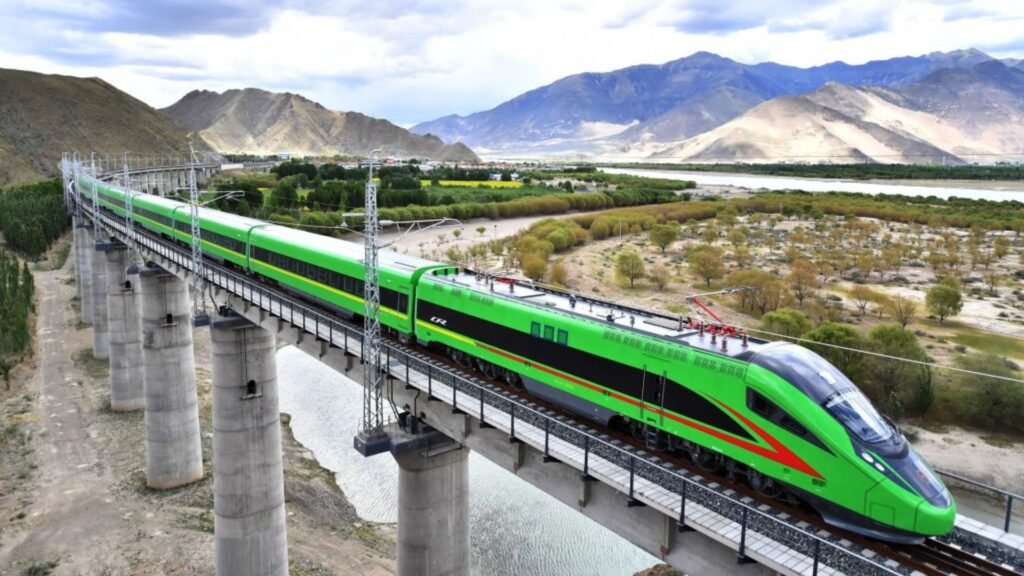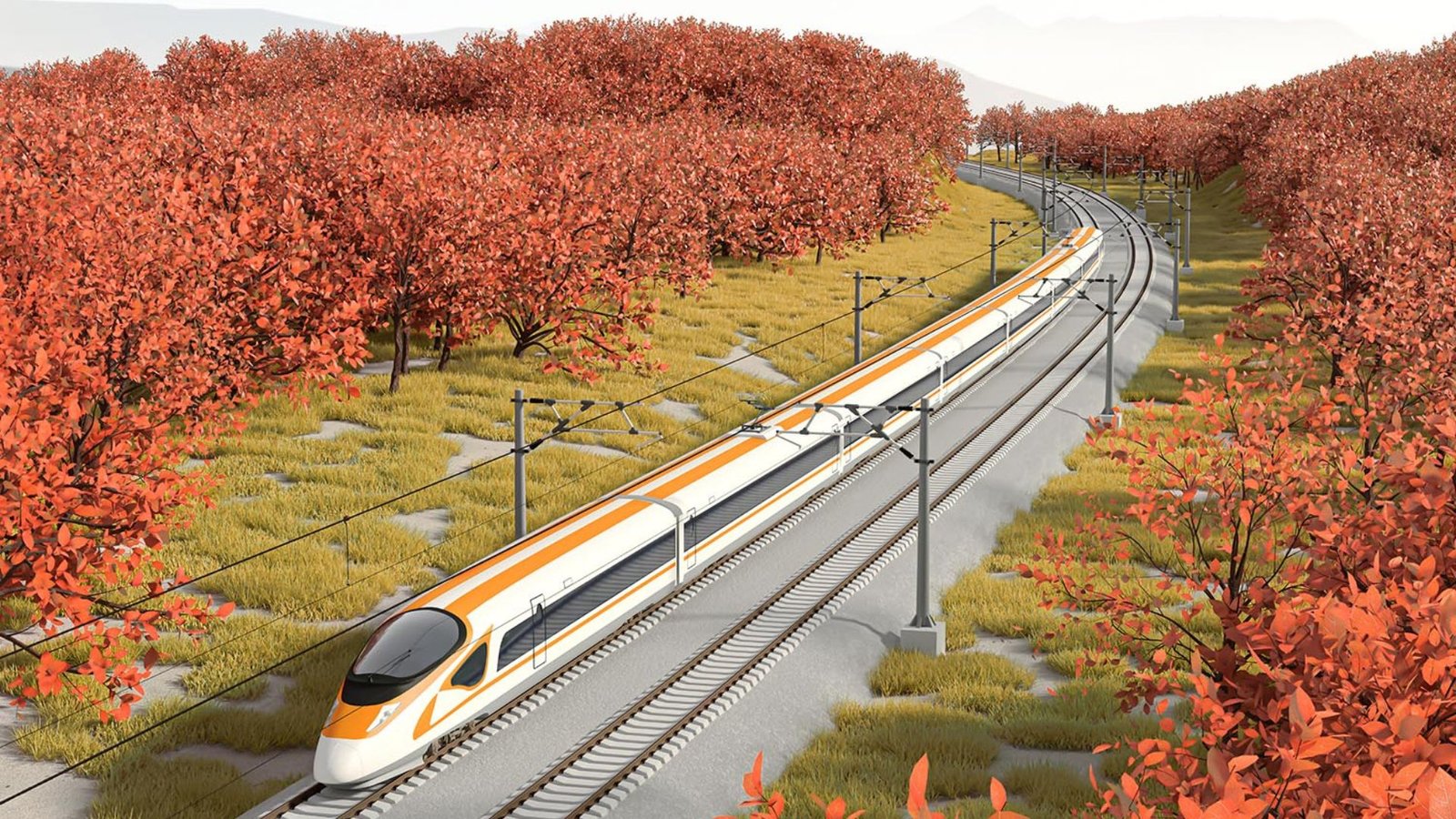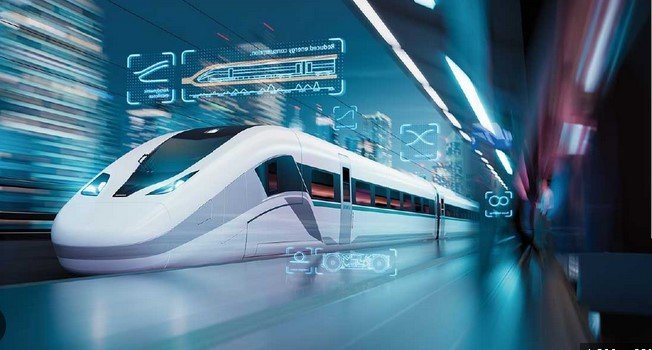High-speed rail has become an essential mode of transportation in many parts of the world. Not only does it provide a fast, efficient, and environmentally friendly alternative to air travel, but it also fosters economic growth and better connectivity between regions. High-speed trains have revolutionized travel by reducing journey times and improving accessibility, making them the future of modern transportation. In this article, we’ll explore some of the best modern railroads for high-speed travel that are leading the way in speed, innovation, and comfort.

Shinkansen (Japan)
Japan’s Shinkansen, also known as the “bullet train,” is often considered the pioneer of high-speed rail travel. Since its inception in 1964, the Shinkansen has set the global standard for speed and efficiency. Japan currently operates several high-speed rail lines, with the Tōkaidō Shinkansen being the most famous.
- Top Speed: 320 km/h (199 mph) on the N700 series trains.
- Features: Smooth, comfortable rides with spacious interiors, advanced safety features, and minimal delays.
- Impact: The Shinkansen has revolutionized rail travel, making it a model for high-speed rail systems worldwide. It has also reduced travel times drastically, for example, the Tokyo-Osaka journey takes just over two and a half hours.
Japan continues to lead with innovative projects such as the N700S, the next-generation Shinkansen, which offers even greater energy efficiency and cutting-edge design.
TGV (France)
The TGV (Train à Grande Vitesse) is one of the most iconic high-speed rail networks in the world. France’s TGV lines are famous for their speed, reliability, and extensive network across the country and into neighboring nations like Belgium, Germany, and Spain.
- Top Speed: 574.8 km/h (357.2 mph) for the world speed record (achieved in 2007) under test conditions. Operational speeds range from 300 to 320 km/h (186-199 mph).
- Features: TGV trains are known for their comfortable seating, onboard amenities, and smooth ride. Modern trains like the TGV M are expected to be more energy-efficient and capable of running on greener electricity.
- Impact: The TGV network has reduced travel time dramatically, making it easier to travel from Paris to Marseille in just three hours and from Paris to Lyon in two hours.
The TGV is not just about speed; it is an important part of France’s commitment to sustainability, operating with a focus on reducing the carbon footprint of travel.
ICE (Germany)
Germany’s InterCity Express (ICE) trains are another major contender in the high-speed rail category. Known for their punctuality and comfort, the ICE network connects many German cities and extends to other European destinations.
- Top Speed: 300 km/h (186 mph).
- Features: ICE trains are equipped with modern amenities like Wi-Fi, power outlets, and spacious seating. The trains are also known for their smooth rides, with minimal noise and vibration at high speeds.
- Impact: The ICE network has made intercity travel in Germany faster and more efficient. For example, the ICE connects Berlin to Munich in just over four hours, significantly reducing travel time compared to driving or taking the traditional rail.
ICE trains are also part of Germany’s larger commitment to reducing emissions, with a strong focus on integrating renewable energy into the rail network.
CRH (China)
China has rapidly developed one of the world’s largest and most advanced high-speed rail networks, known as China Railway High-speed (CRH). China’s high-speed trains have dramatically transformed the way people travel across the country.
- Top Speed: 350 km/h (217 mph) on the CRH380A.
- Features: CRH trains are known for their state-of-the-art technology, comfortable interiors, and fast travel times. The network includes both domestic and international routes, such as the Beijing-Shanghai line and the Beijing-Hong Kong line.
- Impact: The CRH network has not only improved domestic travel in China but has also boosted China’s economic connectivity. For instance, the Beijing-Shanghai route cuts down travel time from 12 hours by conventional train to just under five hours, making it incredibly efficient for business and leisure travelers.
The Chinese high-speed rail system is a significant part of the country’s modern transportation infrastructure, with plans for further expansion and increased speed in the coming years.
Conclusion
The best modern railroads for high-speed travel are not only transforming the way we travel but are also contributing to sustainable and efficient transportation solutions worldwide. From Japan’s Shinkansen to China’s CRH network, these high-speed rail systems are redefining long-distance travel by reducing travel times, enhancing comfort, and supporting economic growth. As more countries invest in high-speed rail infrastructure, we can expect even faster, more efficient, and greener travel options in the future.



